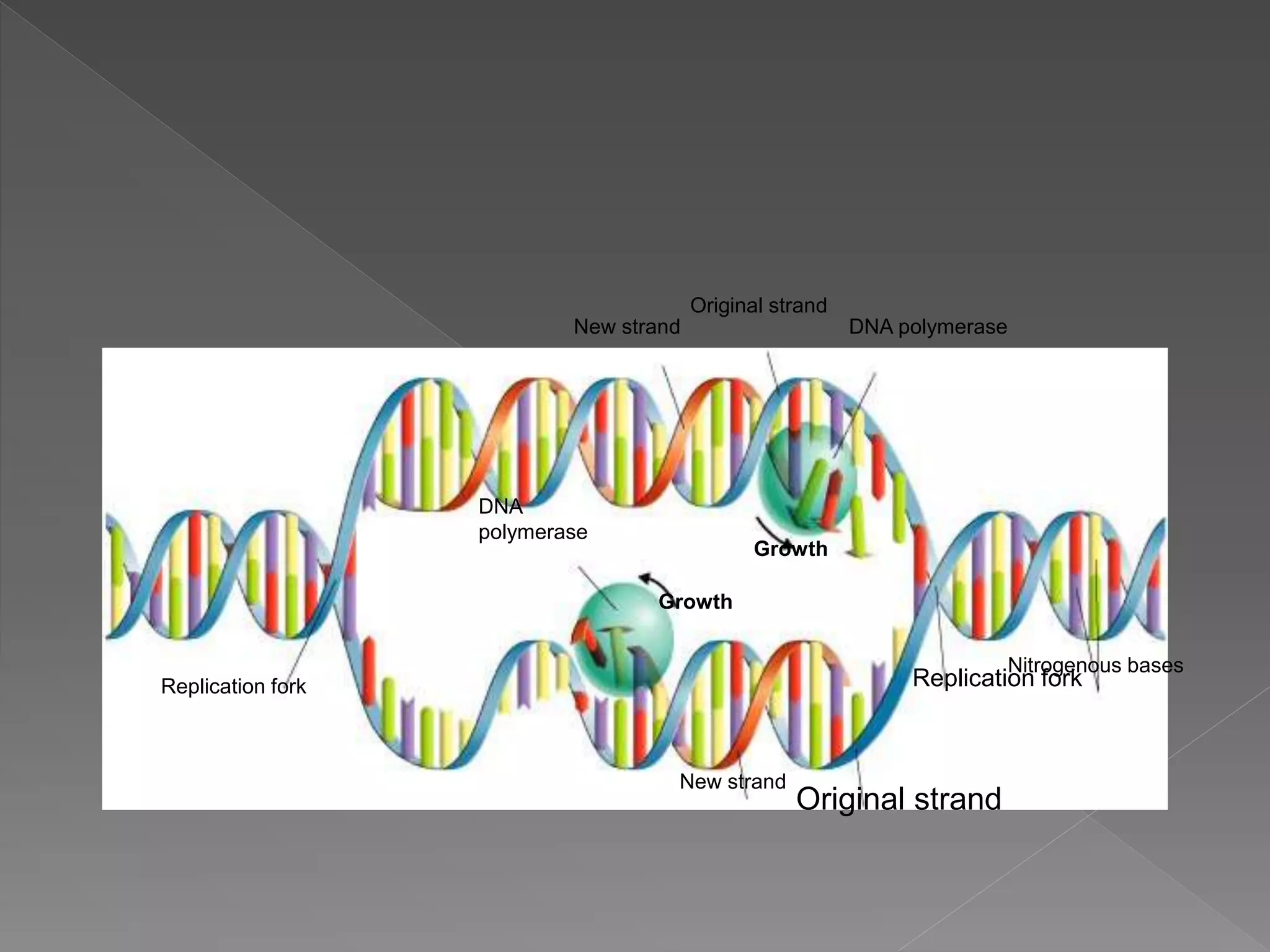- Frederic Miesher first isolated nucleic acid from salmon sperm in 1869, naming it nuclein.
- In 1920, Jones proved there are two types of nucleic acids: DNA and RNA.
- In 1953, Watson and Crick used data from Franklin and others to discover that DNA is a double helix with complementary base pairing between strands.
















































































